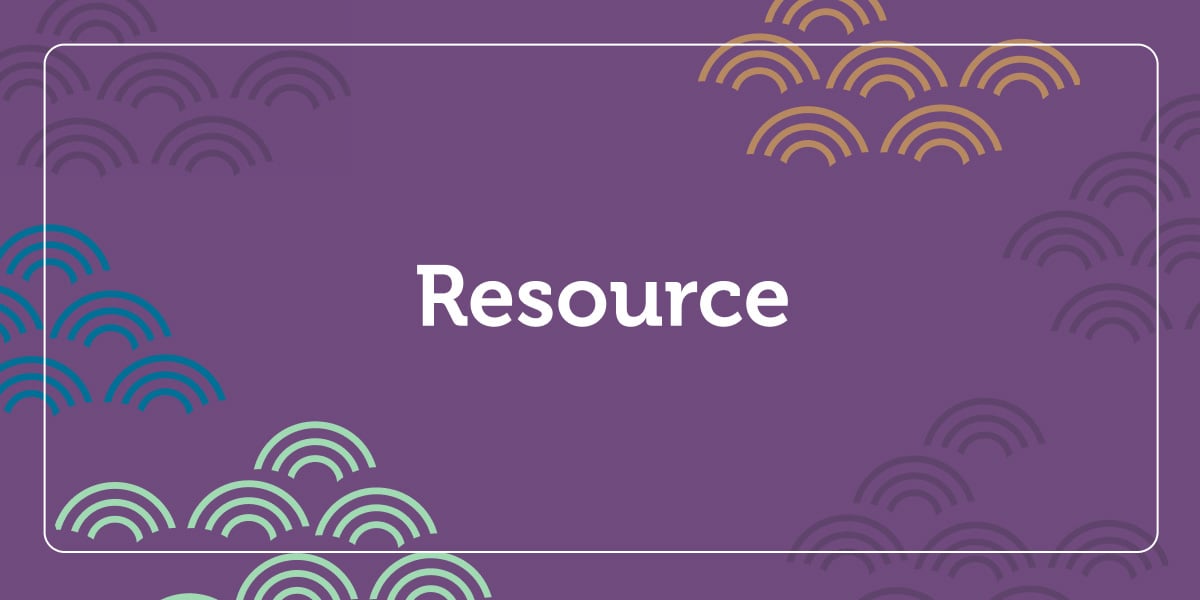
Children’s learning styles not only determine how they learn and absorb information, but how comfortable and successful they are in a classroom environment. This is why it’s important for teachers to be familiar with teaching strategies and learning styles they can use for all learners. For example, some students may prefer to learn by listening, making them auditory learners; for others, visual learning is easiest and watching a demonstration allows them to learn best, and some students excel through the bodily kinesthetic learning style, allowing them to explore concepts through hands-on activities. This range of learning styles truly shows that being familiar with multiple learning styles is key to creating a positive and successful classroom environment for students.
When creating lesson plans or thinking of activities to include in your early childhood classroom, it’s important to take into account these various styles of learning so that one child has the same opportunity to learn as another with a different learning style. The Complete Daily Curriculum for Early Childhood is a wonderful teacher resource full of teaching strategies and approaches for accommodating all learning styles in the classroom. Explaining the different learning styles teachers can expect from students, the book also sets up scenarios that show how easy it is to be inclusive of all student learning styles in your lessons. Overall, being aware of your students’ needs and learning styles, and trying your best to accommodate those styles is an important part of creating an effective and positive early childhood classroom!
Here is one scenario excerpted from The Complete Daily Curriculum for Early Childhood that shows how easy it is to integrate multiple learning styles into one lesson!
“When a teacher reads a story, she speaks, which benefits the auditory learner. She shows the illustrations as she reads the story, which assists the visual learner. The kinesthetic learner is involved if allowed to actually hold the book (or a copy of the book) or help turn the pages as it is read. If teachers use all three approaches to learning when they are providing information, it is more likely that all children will be able to attend to what is being presented.”
Author(s)Pam Schiller, Pat Phipps
Jenna Roby
A graduate of High Point University, Jenna Roby served as marketing specialist for Gryphon House from 2013-2015.

